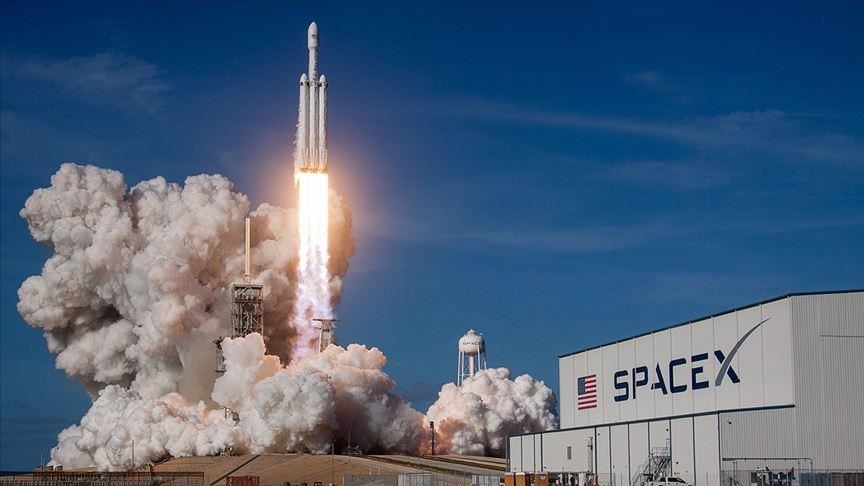A geomagnetic storm triggered by a large burst of radiation from the sun has damaged at least 40 of the 49 newly launched satellites by SpaceX.
The company said the newly launched satellites were part of its Starlink internet communications network.
Space X made the announcement via its website on Tuesday, stating that the satellites were stricken on Friday, Feb. 4, just after a day it was launched to a preliminary “low-deployment” orbit about 130 miles (210 km) above the Earth.
The company said its satellites are routinely deployed to such low orbits so as to quickly and safely allow it fall back towards the Earth and incinerate on re-entry if a malfunction is detected during initial system checkouts.
SpaceX said it routinely deploys its satellites to such low orbits at first so they can quickly and safely be allowed to fall back toward Earth and incinerate on re-entry if a malfunction is detected during initial system checkouts.
It, however, did not give clarity whether the company had anticipated the severity of the extreme space weather conditions it faced, fueled by a solar storm days earlier when it sent its latest batch of 49 satellites aloft.
Harvard-Smithsonian astrophysicist, Jonathan McDowell, said on Wednesday that the incident was believed to mark the largest collective loss of satellites stemming from a single geomagnetic event, and was unique in the way it unfolded.
McDowell said the incident raised questions of whether the elevated orbital damage caused by the storm exceeded design limits or whether SpaceX believed incorrectly that the satellites could handle so much density.
He further added that geomagnetic storm activity will escalate over the next few years as the sun nears “solar maximum” in its 11-year cycle of sunspot activity.
SpaceX, the Los Angeles area-based rocket company founded by billionaire entrepreneur Elon Musk, has launched hundreds of small satellites into orbit since 2019 as part of his Starlink service for broadband internet.
In a tweet on January 15, Musk said the network consisted of 1,469 active satellites, with 272 moving to operational orbits.
The company has said it ultimately envisions a constellation of roughly 30,000 satellites, up from 12,000 previously planned.










